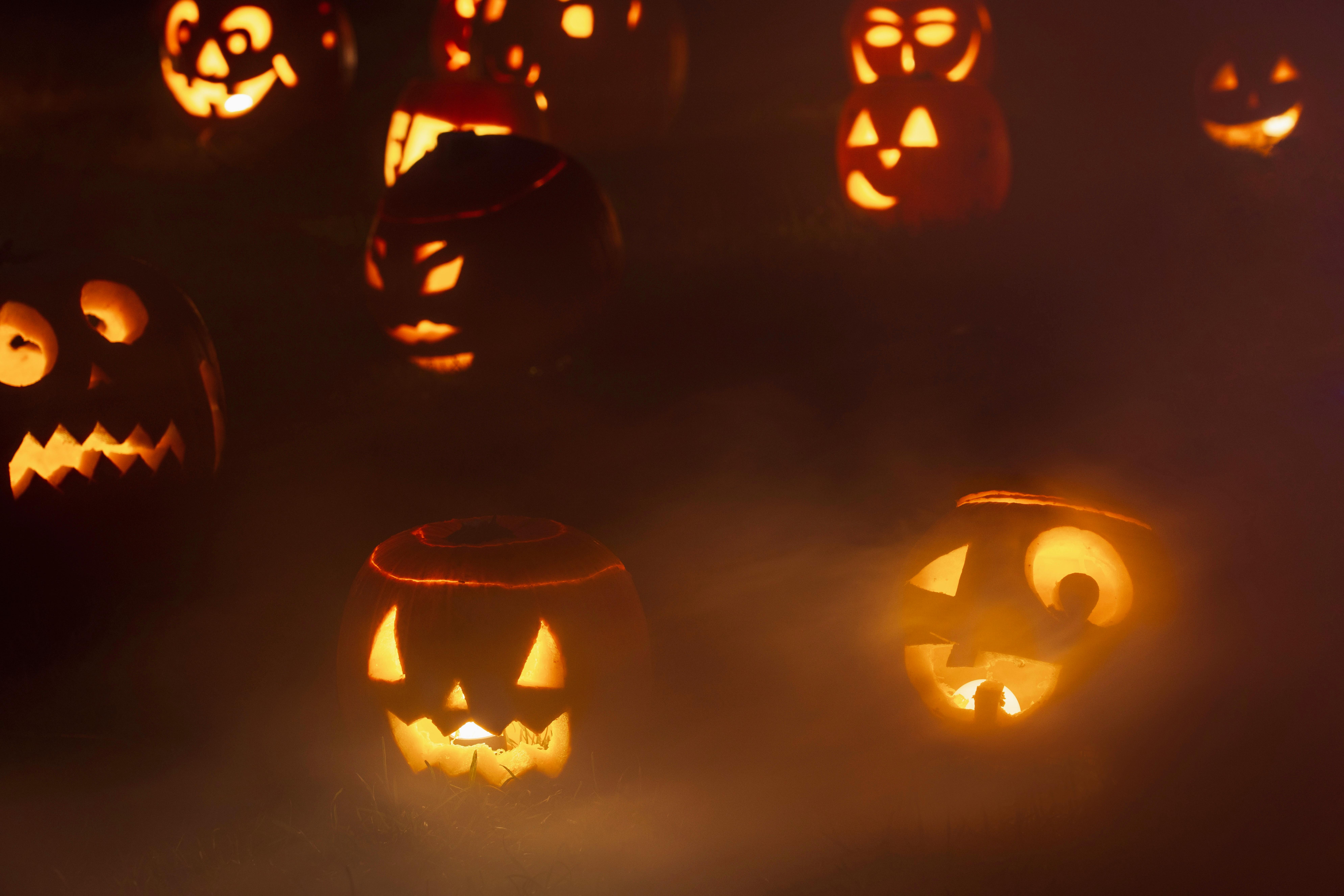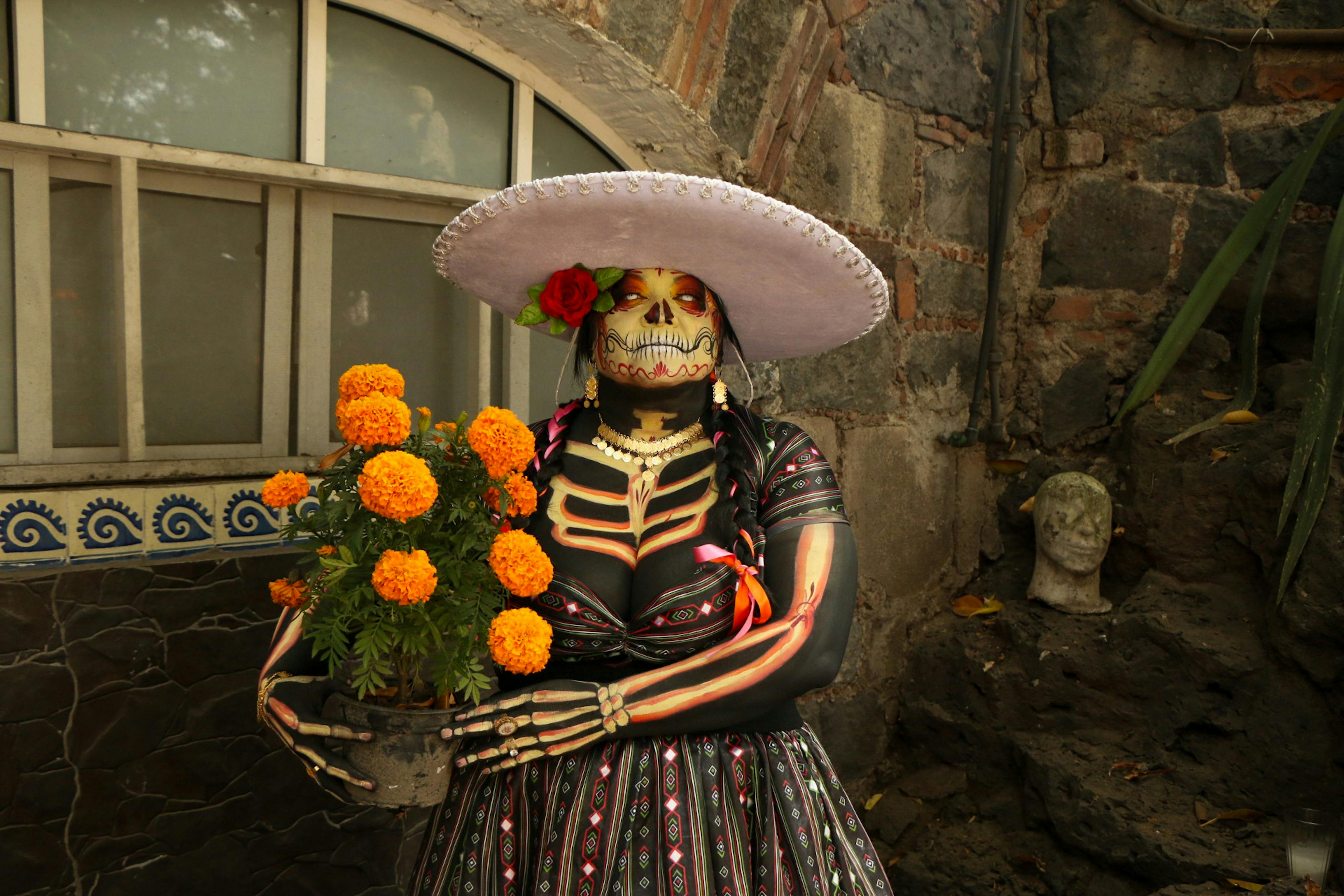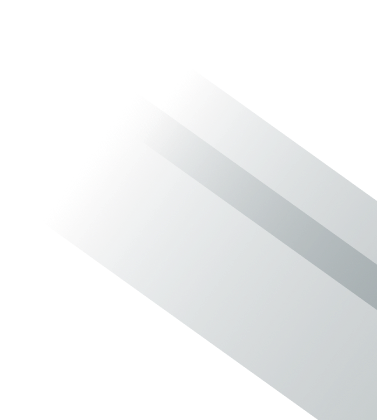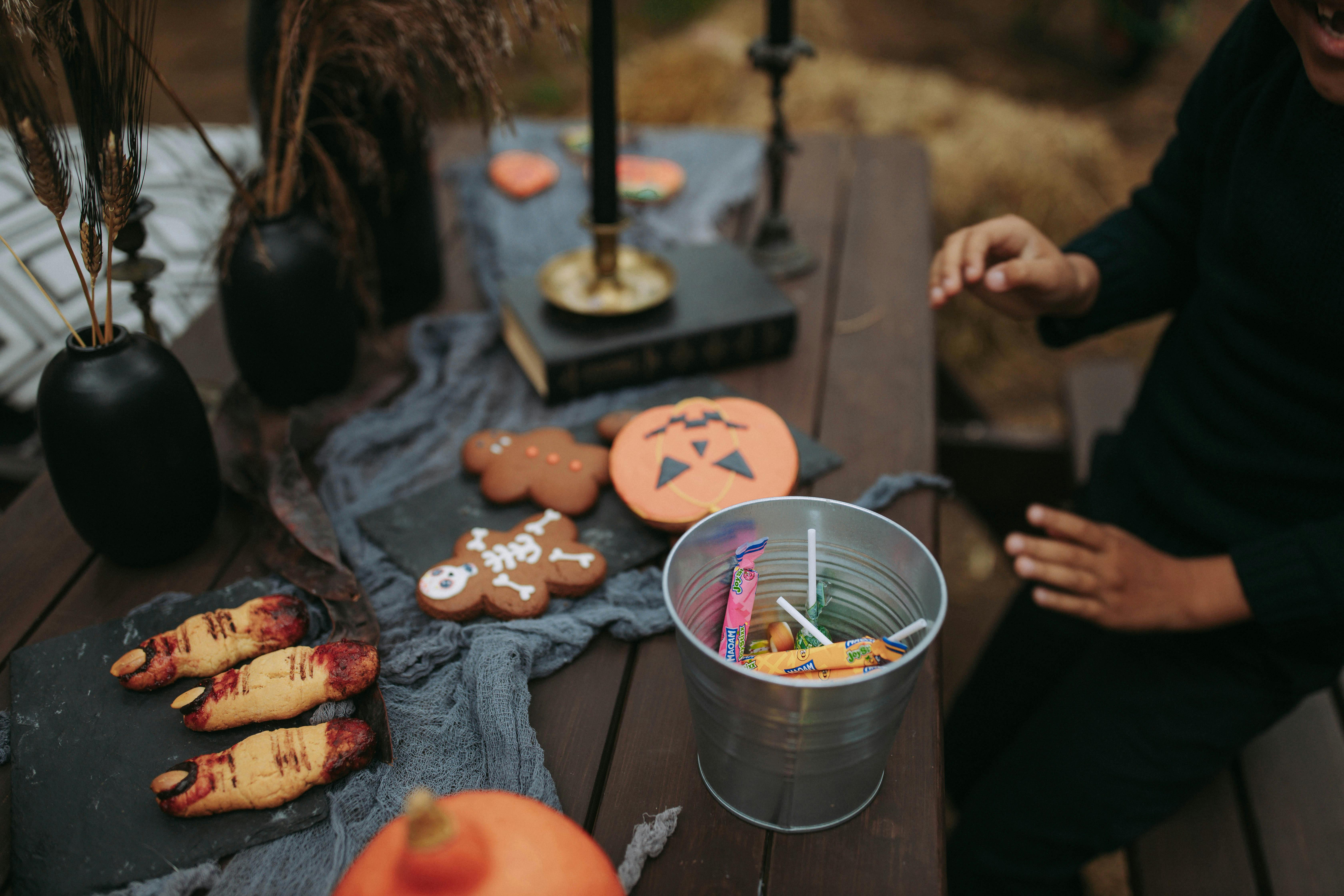Halloween celebrations differ greatly throughout Europe, where the holiday is a mash-up of old customs and contemporary ideas. Although many people believe that Halloween originated only in America, Europe has a deep-rooted connection to this spooky celebration. We may now also see that Halloween is growing in popularity in France, mainly as a contemporary commercial celebration featuring trick-or-treating and costume parties.
Halloween often conjures images of ghosts, but what if we viewed the "career stuck ghost" as a metaphor for the obstacles hindering your professional growth? Just like Halloween is a time to confront fears and embrace the change, our online degree programs are designed to help you overcome your career barriers.
Let us, we explore five surprising things you may not know about how Halloween is observed & celebrated across Europe.
The Celtic Roots of Halloween: It All Started in Europe
A lot of people don’t know that Halloween has its roots in ancient European traditions, particularly the Celtic festival of Samhain. Samhain, celebrated mainly in what is now Ireland, Scotland, and the Isle of Man, marked the end of the harvest season and the beginning of winter. It was believed that during this time, the veil between the living and the dead was at its thinnest, allowing spirits to roam freely on Earth.
The Celts would light bonfires and wear costumes to ward off these wandering spirits. They believed that on the night of October 31st, the souls of the deceased would visit the world of the living. This notion of costumes, spirits, and the connection between life and death would later evolve into modern Halloween customs. Today, Halloween in Europe often blends local folklore with imported American traditions, creating a unique cultural fusion.
2. Halloween’s Uneven Popularity Across Europe
While Halloween is widely celebrated in the United States, its popularity across Europe differs greatly. In some countries, the holiday has been embraced wholeheartedly, while in others, it remains more niche or even controversial.
- Ireland and the UK: In Ireland, where Halloween’s roots are deeply embedded, the holiday is one of the most eagerly anticipated events of the year. Cities like Derry host large Halloween festivals with parades, fireworks, and haunted house attractions. In Scotland, Halloween (sometimes called "Guising") has been a longstanding tradition, with children dressing up in costumes and going door-to-door.

- Germany: Germans have been slower to adopt Halloween, and in some areas, it is met with skepticism. Nevertheless, younger generations are increasingly participating in festivities, and some cities have embraced the holiday with parties and costume events. A quirky twist in Germany is that many people celebrate "All Saints' Day" on November 1st, which is more solemn and religious in tone. The rise of Halloween celebrations in the country often clashes with traditional religious observances, leading to debates about cultural preservation versus globalization.
- Spain and Italy: In both Spain and Italy, Halloween is seen as a relatively recent, commercial import, but its popularity is growing among the youth. Still, the more traditional "All Saints' Day" (Día de Todos los Santos) in Spain and "La Festa di Ognissanti" in Italy focus on visiting cemeteries to honor deceased relatives, and both countries view this as a more significant holiday. Halloween here is celebrated more with parties than the door-to-door traditions seen in other parts of Europe.
- France: The French are often resistant to what they view as "Americanized" holidays, and Halloween is no exception. Despite this, Halloween celebrations have steadily grown, especially in urban areas. Many French children participate in trick-or-treating, but the holiday is often viewed more as an excuse for costume parties than a deeply rooted cultural celebration.
3. Unique Traditions and Superstitions
Halloween’s adoption in Europe has led to some unexpected and exclusive traditions that are distinctly different from those found in North America. In some parts of Europe, Halloween blends with local folklore, creating celebrations that reflect the region’s cultural history.
- Ireland: A traditional Irish Halloween treat is Barmbrack, a fruitcake that contains hidden objects. Each object has a distinct meaning; for example, a ring indicates an impending marriage, while a coin suggests wealth is on the way.
- Czech Republic: In the Czech Republic, Halloween is often linked with the tradition of Duši?ky, or All Souls' Day. Families will visit cemeteries and light candles for deceased relatives. In some households, people place chairs around the fireplace—one for each living family member and one for each departed soul, symbolizing the continued presence of those who have passed.
- Italy: In Italy, Halloween isn’t as widely celebrated, but All Saints' Day (November 1st) and All Souls' Day (November 2nd) are more significant. Some regions in Italy have a tradition of baking "Fave dei Morti" or "Beans of the Dead"—small, sweet biscuits shaped like beans. These treats are thought to honor the dead and are part of a longstanding Italian tradition of remembering and celebrating deceased loved ones.
- Austria: Food for the Spirits: In Austria, it is customary to leave bread, water, and a lit lamp on the table before going to bed on Halloween night. This is a gesture to welcome spirits back to Earth for the evening, a nod to older beliefs that the dead return to visit during this time.
4. Commercialization and the Halloween Economy
In many parts of Europe, Halloween’s growing popularity has brought with it a significant commercial boom. Costume shops, party supply stores, and confectionery companies have increasingly tapped into the holiday’s potential, with Halloween becoming a major driver for retail sales.
- United Kingdom: Halloween in the UK has become big business. According to reports, in 2022, Halloween spending was estimated to surpass £500 million ($650 million), covering costumes, decorations, and candy. Supermarkets dedicate entire sections to Halloween-themed products, and pumpkin sales spike as both children and adults carve jack-o’-lanterns.

- Germany: In Germany, Halloween is still seen as a new phenomenon, but its commercial potential is growing fast. Halloween parties are now popular, and stores offer themed decorations, costumes, and sweets. The country’s fascination with horror films and gothic culture helps drive Halloween’s appeal, especially among young adults and teenagers.
- Eastern Europe: In countries like Poland and Hungary, Halloween’s commercial success has largely been driven by younger generations and a desire to adopt Western-style celebrations. Retailers have responded by offering a wide range of products, from costumes to ghost-themed treats, although the holiday’s commercial impact here is still smaller compared to Western Europe.
5. The Rise of Haunted Attractions and Festivals
As Halloween becomes more popular across Europe, haunted attractions and large-scale festivals are on the rise. These events blend spooky entertainment with local history and myths, making them a significant part of the Halloween experience for both locals and tourists.
- Derry, Northern Ireland: The city of Derry has become one of the most famous Halloween destinations in Europe. Derry’s Halloween festival is a week-long celebration featuring parades, haunted tours, firework displays, and more. Thousands of visitors flock to the city to experience its atmospheric mix of ancient folklore and modern festivities.
- Germany: Burg Frankenstein: One of Germany’s most popular Halloween attractions is Burg Frankenstein, located near Darmstadt. The castle is said to have inspired Mary Shelley’s Frankenstein, and it becomes a hotspot for Halloween festivities, featuring haunted tours and theatrical performances with a chilling backdrop.
- Transylvania, Romania: Halloween in Transylvania is growing in popularity, thanks in large part to its association with the legend of Dracula. Visitors from all over the world come to experience Halloween-themed tours of Bran Castle, commonly referred to as "Dracula’s Castle," where the spooky atmosphere is amplified by local vampire lore.
- France: Disneyland Paris Halloween Festival: In France, Halloween celebrations often take place at Disneyland Paris, which hosts one of the largest Halloween festivals in the country. The park is transformed with spooky decorations, themed shows, and special appearances by Disney villains.
Halloween’s Unique Journey Through Europe
Halloween’s journey through Europe is a wonderful blend of ancient traditions, modern commercialization, and cultural adaptation. From its Celtic roots to its uneven popularity, the holiday has morphed into a celebration that reflects both global trends and deeply local customs.
Just as Halloween is a time to confront fears and embrace change, our online degree programs are designed to help you face and overcome your career barriers. Our academic offerings provide the knowledge and skills necessary to exorcise the "ghost" of stagnation from your career. By equipping you with practical tools and insights, we empower you to navigate challenges and seize new opportunities.
Whether you're looking to enhance your expertise, pivot to a new field, or climb the corporate ladder, our programs are tailored to meet your needs. This Halloween, don't let your career be haunted by uncertainty—take the first step toward a brighter future with our online degrees, and transform your ambitions into reality.
Written By : Christina B.




